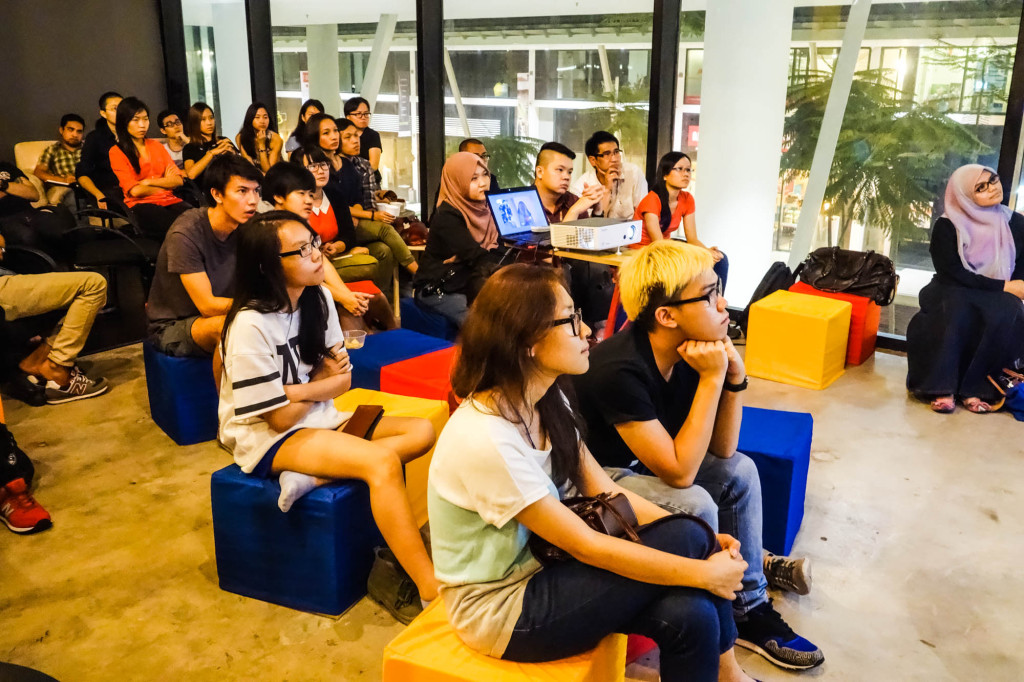
We were blown away by the response to our screening of Design & Thinking earlier this week at Makespace. We thought it would be a small showing with a dozen people – but more than 50 people registered. We’ve had to hold a second screening for friends who weren’t able to get into the first screening. This post looks at the movie and some of the discussion we had following the screening.
For a long time, design thinking was a magical but poorly understood methodology practiced by one of the world’s leading design firms – IDEO. It wasn’t until IDEO’s Human Centred Design Toolkit and the creation of the D.School at Stanford that the world began to get a look at the innovation methodology powering a number of successful innovations at IDEO and major companies they work with, including P&G.
Facing the design thinking critics
Since then, the design and innovation communities have had a chance to look at and respond to what design thinking is about. The response hasn’t been unanimously positive – and Design & Thinking addresses that. Some have argued that design thinking isn’t producing the great results it promised, others have argued that design thinking is mistakenly giving business people the impression that they can replace designers.
David Kelley, founder of IDEO and the D.School offers the most poignant response to critics of design thinking:
“I mean [design thinking] it’s a lot like karaoke. You gotta get out and take a chance. You know it doesn’t matter how good it is really. That’s not the point. You’re trying to open up… So is there anything dangerous about karaoke?”
Is design thinking really a process?
Surprisingly, many of the people in attendance at the screening didn’t know what design thinking was before watching the movie. “I realized that design thinking is something that we do in our work every day,” said Hana, a designer with a local design firm.
The discussion that followed Design & Thinking was just as interesting.
“Like many people, I learned about design thinking through workshops. Workshops teach you that design thinking is a process. What I realised through this movie is that design thinking is not so much a process but a set of principles. Learning from people, doing quick, cheap prototypes and learning from them,” said Chooi Yen, a social sector worker.
Prof. Muta’ali, who teaches industrial design at a local university agreed. He said that design education had to enable students to explore and the role of professors was to guide them along the way.
Can government do design thinking?
One of the big questions is whether design thinking can work for any kind of organization:
“For me, the real question is how we help organisations that can’t prototype implement design thinking, like in government. How do we teach design thinking to people where the first try has to be right? A government agency can’t just put out a prototype of a programme,” Chooi Yen asked.
“Government programmes have to be designed from a deep understanding of what people want,” said Nicole Ong, a project lead with Do Something Good. “A lot of people talk about how it’s hard to work with government but they have their own set of constraints and working with those constraints is what design thinking is about.”
Where does design thinking start?
One of the key points to come across in Design & Thinking is that elements of design thinking are a part of best practices for all kinds of sectors – ranging from filmmaking to biology. Many practice the approach without putting a name to it.
Should everyone learn design thinking? Hana says yes.
“It has to start early. It can’t just be kids who have the talent and ability who can design think.”
